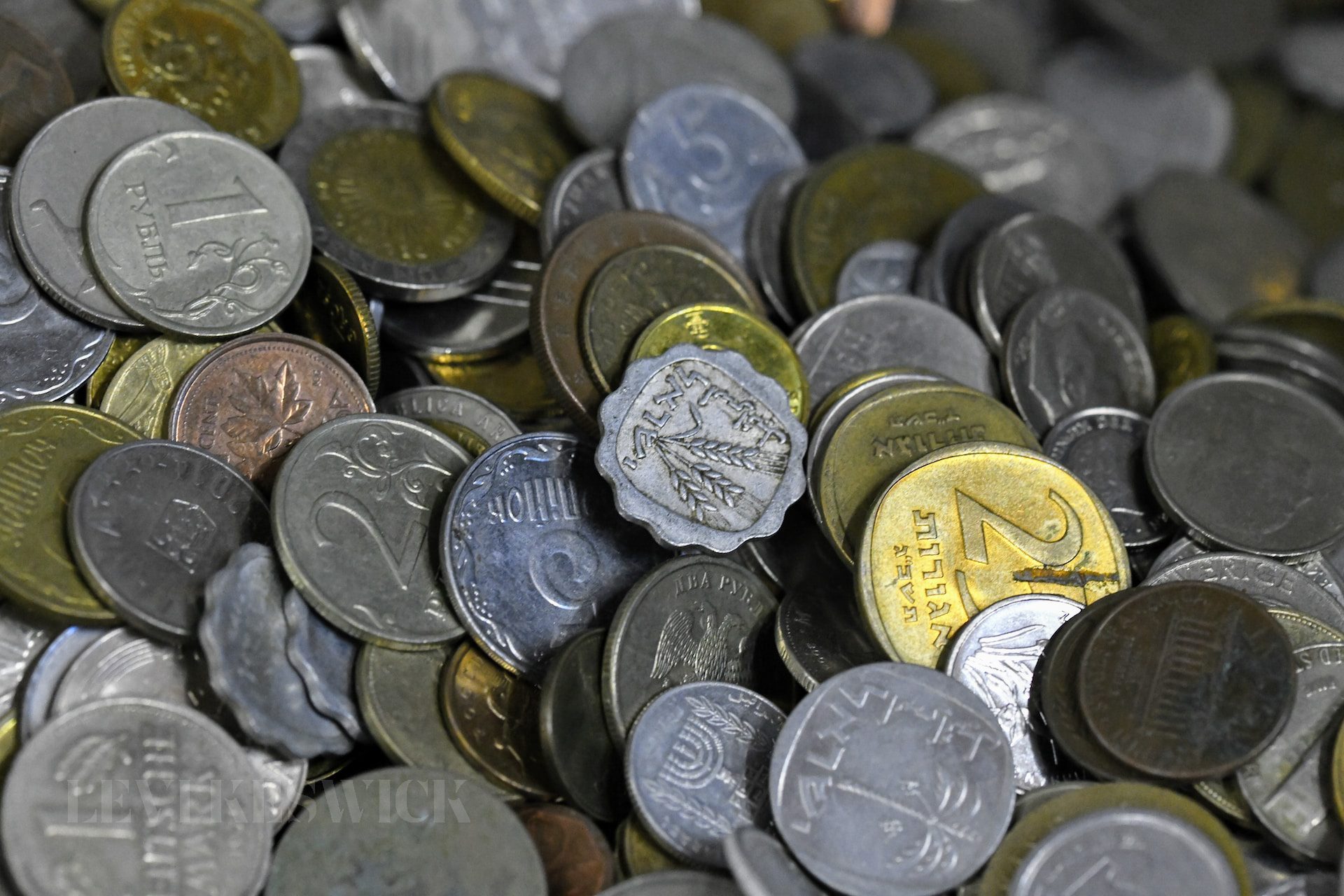Key takeaways:
- The V Nickel, also known as the Liberty Nickel, is a treasure trove for collectors, providing fascinating insight into America’s numismatic history.
- The condition, mintmark, and certain varieties significantly influence the value of V Nickels.
- A particularly interesting case is the 1905 V Nickel error, which holds unique value and historical significance.
- Proper grading of your coin is crucial to determining its accurate value.
- Demand for certain V Nickels remains steady, establishing solid value in the numismatic market.
Liberty Nickel: A Symbol of American Numismatic History
The Liberty Nickel, colloquially known as the V Nickel due to the Roman numeral “V” (meaning 5) on its reverse, was first minted in 1883. This coin stands as a testament to the evolution of American coinage, showcasing significant design alterations over its thirty-year production span. The Liberty Nickel holds a unique appeal for collectors, with its value varying based on date, mintmark, condition, and specific varieties.
The design of the Liberty Nickel underwent two significant changes in 1883. The first design, or Variety I, featured a profile of Liberty surrounded by thirteen stars on the obverse, with the reverse showcasing a large “V” within a wreath. However, this design was short-lived, as it didn’t include the word “cents,” causing confusion about the coin’s denomination.
This led to the introduction of the Variety II Liberty Nickel, which maintained the same obverse design but added the word “cents” beneath the wreath on the reverse. The new design remained until the end of the Liberty Nickel’s mintage in 1913. Today, the “with cents” reverse nickels from 1883 are highly sought after by collectors, contributing to their steady value.
The Intricacies of Mintmarks and Their Impact on Value
The Liberty Nickel was minted at three different mints: Philadelphia, Denver, and San Francisco. Each mint introduced its unique influence, affecting the scarcity, value, and historical significance of the coins produced.
The Philadelphia Mint, active throughout the Liberty Nickel series, didn’t mark its coins. The 1912 coin from this mint is particularly important due to the addition of the Denver and San Francisco mints that year, making accurate identification of the mint crucial for determining the coin’s value.
The Denver Mint struck Liberty Nickels only in 1912, the last circulation strike of the series. The Denver mint coins are favored by collectors due to their “last of issue” status and relatively low mintage of 8,747,000 pieces.
The San Francisco Mint also minted Liberty Nickels in 1912, producing only 238,000 pieces, the lowest number of any variety circulation strike Liberty Nickel. These coins, identifiable by the “S” mintmark, hold a high value, just behind the key dates of 1885 and 1886.
The Allure of the 1905 V Nickel Error
Amid the rich history and varying values of the Liberty Nickel series, the 1905 V Nickel error holds a particular fascination for collectors. Though not as rare as the 1885 or 1886 nickels, or the 1912-S nickel, the 1905 V Nickel with a notable minting error – such as a double die obverse or repunched date – can command significant attention and a higher price tag in the numismatic market. The exact value depends largely on the coin’s condition and the severity of the error.
The Art of Grading: Determining the Condition
Grading, the process of evaluating a coin’s physical condition, is a crucial step in determining the value of a V Nickel. A coin’s grade can dramatically influence its worth, highlighting the need for a clear understanding of grading standards.
There are several key areas to inspect when grading a Liberty Nickel:
- Mint State Grade: Coins in this condition show no signs of wear. Key areas to inspect include the fine lines of hair above Liberty’s forehead, the grains of wheat above the coronet, and the texture of Liberty’s cheek. The reverse should have fine details in the wreath of corn and cotton, and the central “V” should maintain a texture similar to the surrounding field.
- Extremely Fine Grade: Light wear is visible across the coin’s surface, with minor flattening evident. Important features such as the lettering in Liberty’s coronet and the wheat grains above should remain bold and distinct. On the reverse, the wreath should be well-defined, with small details remaining bold.
- Fine Grade: Heavy wear has reduced most of the smaller details and created wide areas of flatness. All letters of “Liberty” should be visible in the coronet, and boldness should remain in hair lines and lower relief portions of the cotton and cotton bolls. On the reverse, details of the wreath are beginning to fade and merge, but a clear motto “In God We Trust” should remain.
- Good Grade: Heavy wear reduces all design elements to flat outlines. Liberty’s portrait must remain completely outlined, with no areas fading into the field of the coin. On the reverse, many parts of the design will have faded, with some areas completely smooth.
Utilizing a magnifying glass and a single light source can aid in seeing subtle details that define each grade. Comparing your coin with standard grade images can help you form an opinion of its grade, which will inform its value.
Conclusion: The Fascinating World of V Nickels
From its captivating history to the intricacies of grading, the Liberty Nickel offers a world of fascination for collectors. The allure of the 1905 V Nickel error, the importance of mintmarks, and the influence of a coin’s condition on its value, all contribute to the excitement of collecting these treasures of American numismatic history.
Whether you’re an established collector or a newcomer to the hobby, understanding the nuances of the Liberty Nickel series can enhance your collecting experience and potentially lead to rewarding finds. After all, the thrill of numismatics lies not just in the value of a coin, but also in the stories it tells and the history it holds.








